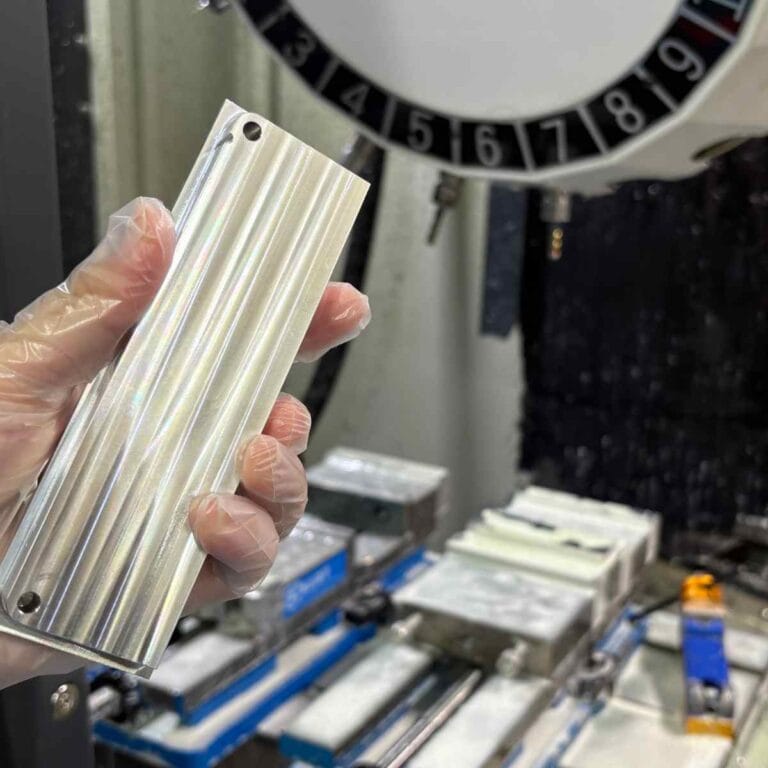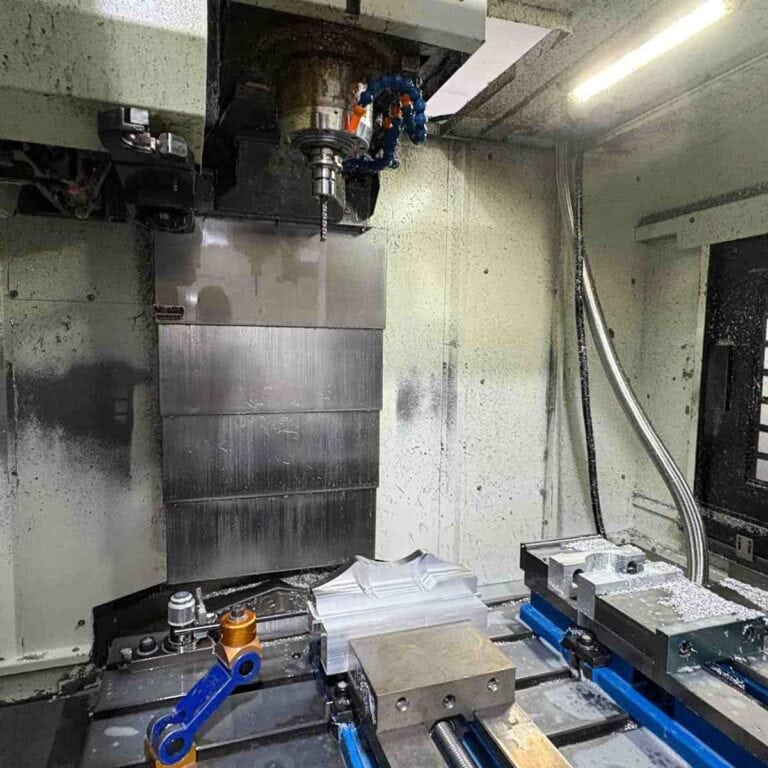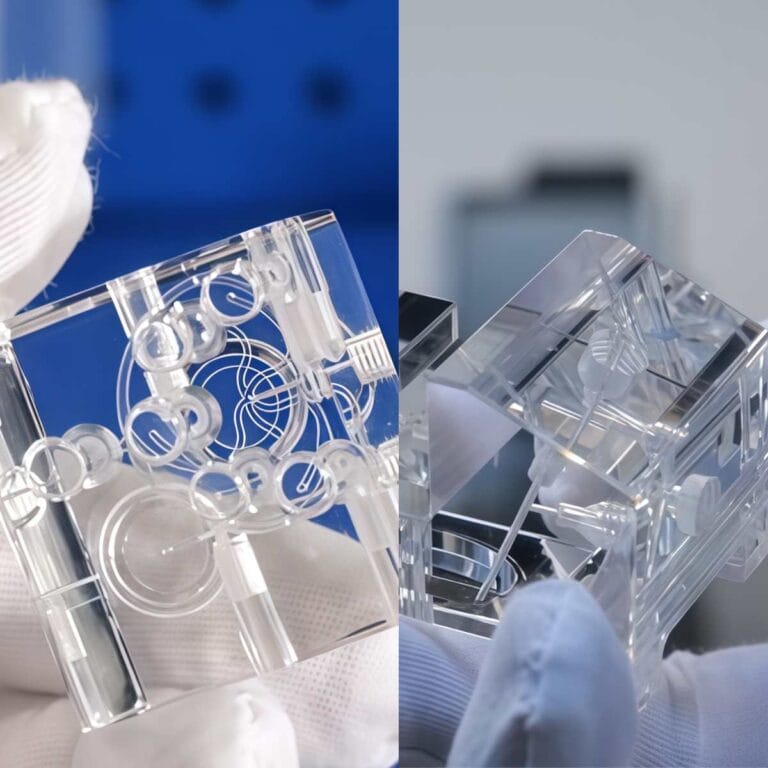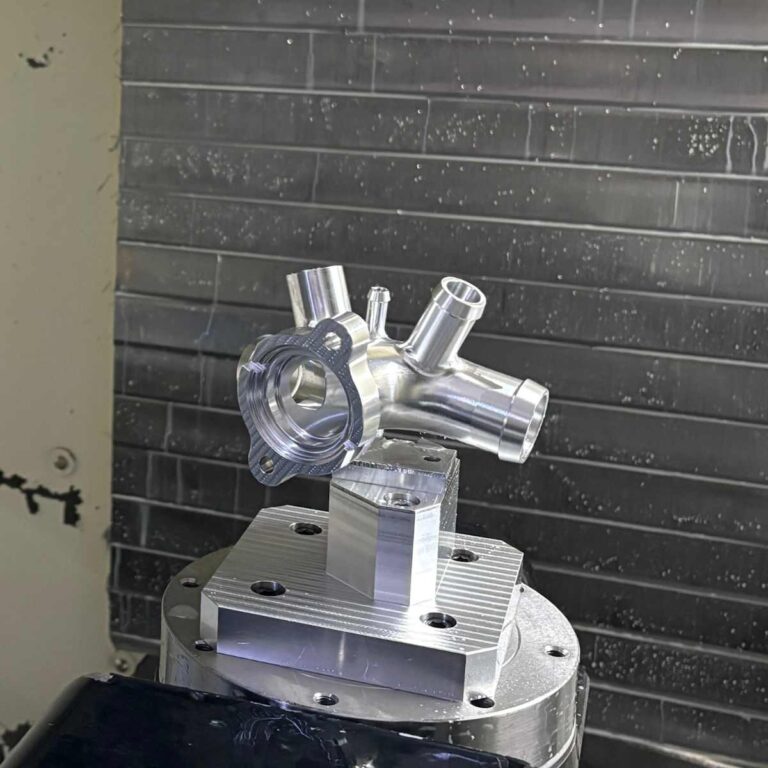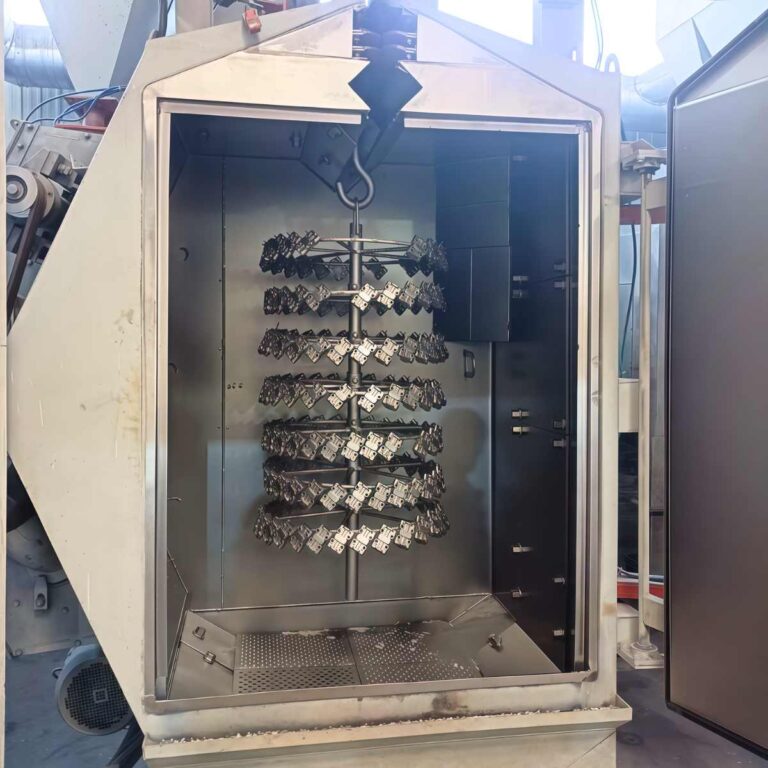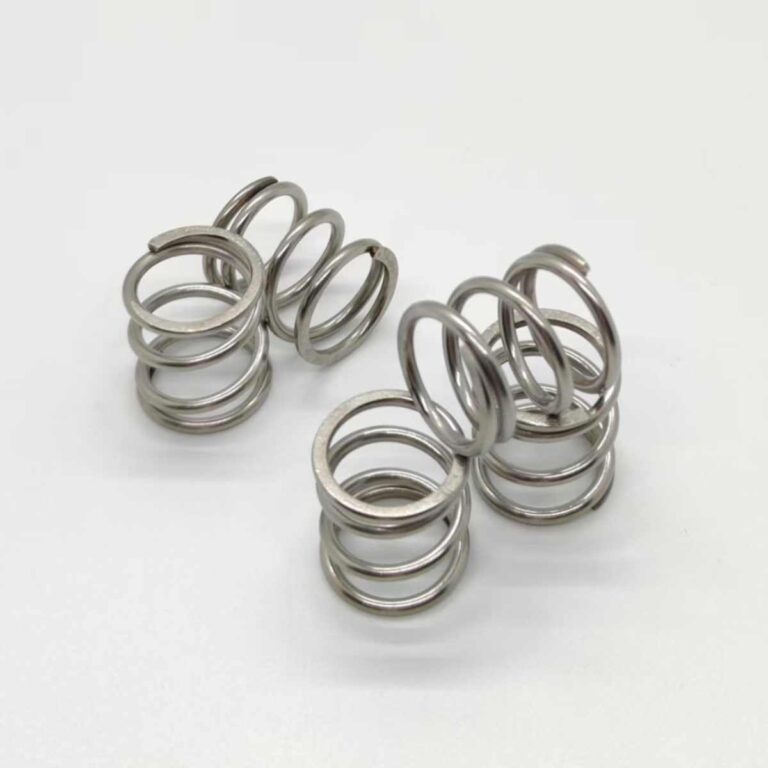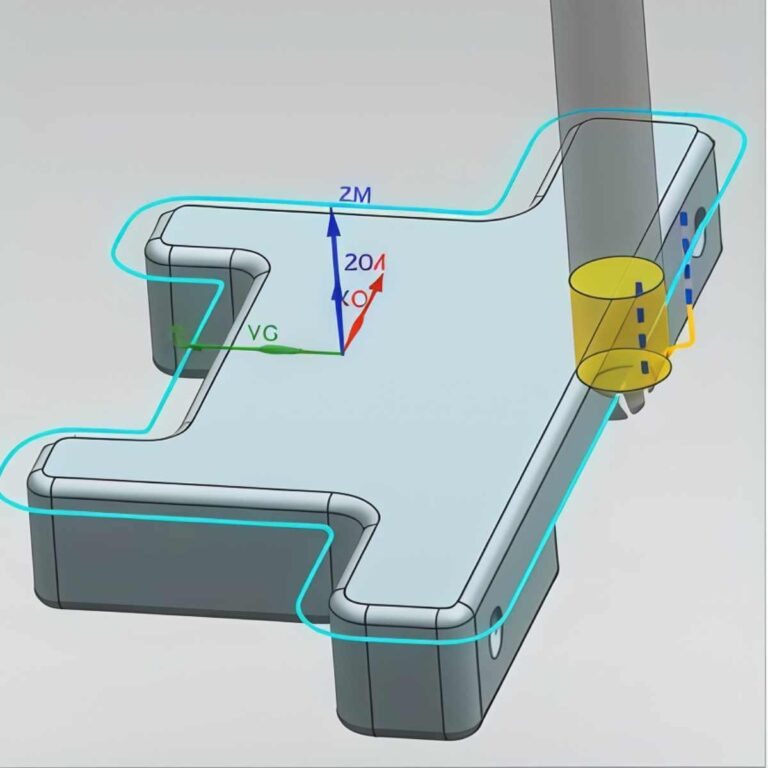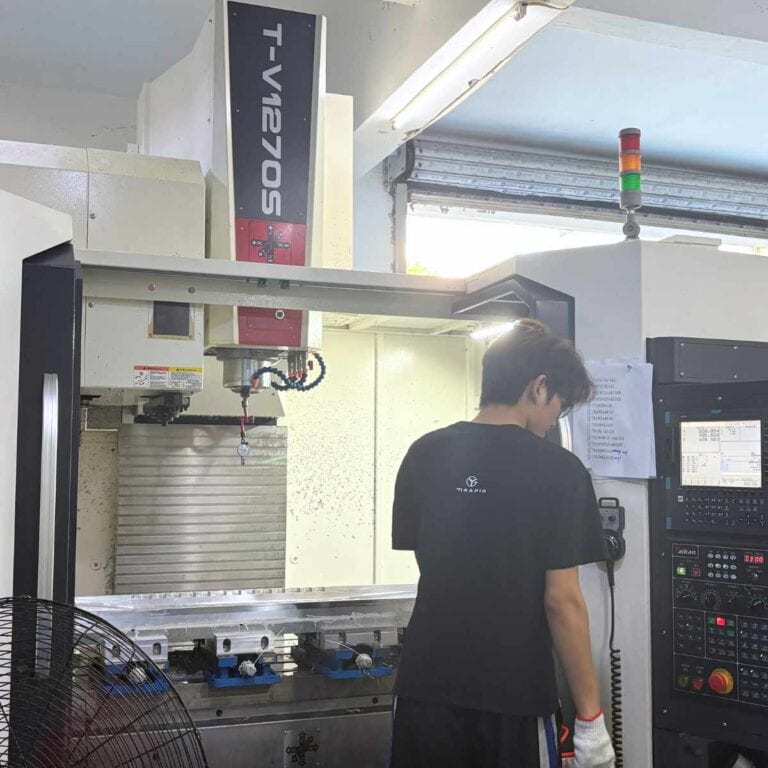Plexiglass vs acrylic is a common comparison, but the two terms often describe the same material—PMMA. What truly matters are the differences in manufacturing, performance, and application. This guide explains those differences and helps you choose the right option for your next project.
What Are Plexiglass and Acrylic
Plexiglass vs acrylic often creates confusion because the names sound different yet refer to closely related materials. Understanding what they are—how they’re made, named, and developed—helps you choose the right sheet for clarity, durability, and performance.
Get 20% offf
Your First Order
Basic Definition and Material Composition
Acrylic, known chemically as polymethyl methacrylate (PMMA), is a transparent thermoplastic made from methyl methacrylate monomers. Plexiglass is simply one of the well-known trade names for cast acrylic sheets, along with Lucite, Perspex, Acrylite, and Optix.
PMMA offers excellent optical clarity (up to 92% light transmission), strong weather resistance, and versatile form factors such as sheets, rods, and tubes. Its properties vary depending on the manufacturing process—extrusion or cell casting—affecting rigidity, clarity, and machinability.
Why the Names Cause Confusion (Brand vs Material)
The confusion comes from naming. Plexiglas was originally introduced as a high-quality cast acrylic sheet. Over time, “plexiglass” became a generic term for any acrylic sheet, similar to how words like “Band-Aid” or “Velcro” became generic in everyday language.
However, not all acrylic sheets are plexiglass. True plexiglass is produced using the cell-casting method, while extruded acrylic has different mechanical characteristics and should not be called plexiglass. These differences in production and quality contribute to the long-standing confusion.
Historical Background of Acrylic Materials
Acrylic was first synthesized in 1928 and commercialized in 1933. Its lightweight strength and high clarity made it an essential replacement for glass during World War II, especially in aircraft canopies, submarine periscopes, and bomber turret windows.
Today, acrylic has evolved into one of the most widely used transparent plastics. It appears in aquariums, medical devices, retail displays, machine guards, greenhouse panels, and architectural glazing. Many CNC machining shops, including ours, frequently cut, polish, and fabricate acrylic for prototypes and production parts.
How Plexiglass and Acrylic Are Manufactured
Understanding how plexiglass and acrylic are manufactured is essential because the production method directly affects clarity, strength, cost, and machinability. The two most common processes—extrusion and cell casting—create noticeable differences in material performance.
Extruded vs Cast Acrylic
Acrylic sheets are manufactured using two primary methods: extrusion and cell casting. Both processes produce PMMA sheets, but the resulting properties differ significantly.
Extruded acrylic is made by melting PMMA pellets and pushing the material through a die to create a continuous sheet. This process allows for tight thickness tolerances and lower cost due to high-volume automation. However, extruded sheets generally have lower optical clarity, reduced chemical resistance, and are more prone to melting during CNC machining because the material contains more internal stress.
Cast acrylic, often referred to as plexiglass, is produced by pouring liquid MMA between two glass plates and curing it slowly in an oven. The result is a harder, more rigid, and more optically pure sheet. Cast acrylic offers better scratch resistance, higher molecular weight, and superior performance for machining, polishing, and laser cutting. It also handles solvents better and maintains clarity under prolonged UV exposure.
Manufacturing Quality Control in Acrylic Production
Quality control plays a critical role in ensuring consistent optical and mechanical performance. Cast acrylic requires controlled curing cycles, temperature management, and mold precision to achieve uniform clarity and hardness. Even small variations during curing can lead to bubbles or thickness inconsistencies.
Extruded acrylic quality control focuses on die calibration, melt temperature, line speed, and pellet purity. Because extrusion happens quickly, impurities or improper melting can create flow lines, trapped stress, or slight haze in the sheet.
At our shop, we often see cast acrylic outperform extruded sheets during CNC machining. Cast sheets generate cleaner edges, polish more smoothly, and resist heat-related melting. These practical differences highlight why manufacturing quality matters for end-use performance.
Differences in Properties Caused by Manufacturing Methods
The manufacturing process directly shapes the material’s performance:
Optical clarity: Cast acrylic offers better light transmission and fewer distortions.
Strength & rigidity: Cast sheets are harder and more impact-resistant than extruded ones.
Heat resistance: Extruded sheets soften more easily due to internal stress.
Chemical resistance: Cast acrylic is more stable and less affected by solvents.
Thickness tolerance: Extruded acrylic provides tighter tolerances, while cast sheets vary more.
Machinability: Cast acrylic cuts cleaner, chips less, and resists melting.
Cost: Extruded is more economical; cast offers superior performance.
These differences mean that choosing between extruded and cast acrylic depends on the application’s requirements—budget, optical needs, machining needs, and environmental exposure.
Key Differences Between Plexiglass and Acrylic
Comparing plexiglass vs acrylic requires understanding how each material performs in clarity, strength, flexibility, and resistance to UV, chemicals, and heat. These differences directly affect machining, durability, and real-world applications.

Clarity & Light Transmission
Both materials offer excellent clarity, but cast acrylic (often called plexiglass) provides the highest optical purity with up to 92% light transmission, outperforming extruded acrylic. Cast sheets exhibit fewer distortions and are ideal for display windows, aquariums, and precision optical applications.
In our CNC work, cast acrylic consistently polishes to a glass-like finish, while extruded acrylic can show flow lines under strong light.
Strength & Impact Resistance
Acrylic is already 17 times stronger than glass, but cast plexiglass has slightly higher impact resistance due to its higher molecular weight. While neither matches polycarbonate’s 250× impact rating, both acrylic forms provide reliable toughness for protective screens, machine guards, and enclosures.
Flexibility & Formability
Extruded acrylic is more flexible and heat-bendable because it contains lower internal stress. It is easier to form into curves, signs, or thermoformed parts.
Cast acrylic is stiffer and better suited for machining, engraving, and applications where dimensional stability is essential.
UV Resistance & Weatherability
Cast acrylic provides excellent UV stability and does not yellow over time. This makes it ideal for outdoor signs, greenhouse panels, skylights, and marine applications.
Extruded acrylic performs well outdoors but may degrade faster in harsh UV environments.
Scratch Resistance
Cast acrylic has a harder surface, making it more scratch-resistant than extruded acrylic.
This is especially noticeable when polishing—extruded sheets tend to soften more quickly due to heat buildup.
Thermal Properties
Cast acrylic withstands higher working temperatures and resists deformation better than extruded acrylic.
Extruded sheets soften more easily during laser cutting or CNC machining because of internal stress.
Chemical Resistance
Cast acrylic offers superior chemical resistance and performs better in environments exposed to solvents or cleaners. Extruded acrylic can react more easily due to lower molecular weight.
Weight Comparison
Both materials weigh about half as much as glass, making them ideal for large panels and transportation applications.
Weight difference between cast and extruded acrylic is negligible.
Cost & Availability
Extruded acrylic is more economical and widely available due to continuous production.
Cast acrylic is more expensive but offers premium clarity, rigidity, and machining performance.
For CNC machining projects at our shop, cast acrylic consistently provides the best results.
Applications of Plexiglass and Acrylic
Plexiglass and acrylic are widely used because they combine clarity, strength, and versatility across many industries. Their unique material properties allow them to replace glass in countless applications—from architecture to medical devices.
| Application Area | Key Uses |
| Architecture & Construction | Skylights, greenhouse panels, balcony guards, acoustic barriers, curved architectural panels. |
| Signage & Retail Displays | Illuminated signs, 3D letters, menu boards, retail display cases, protective barriers. |
| Art, Design & DIY | Sculptures, lightboxes, modern furniture, wall art, PC cases, LED displays. |
| Automotive & Aerospace | Headlights, taillights, instrument panels, aircraft windows, cockpit canopies, drone covers. |
| Medical & Dental Equipment | Incubators, dental trays, microscope shields, medical visors, device housings. |
| Other Common Uses | Aquariums, machine guards, protective screens, electronic housings, VR lenses, marine windows. |
Pros and Cons of Plexiglass and Acrylic
Plexiglass and acrylic offer excellent clarity, strength, and low weight, but they also have certain limitations. Understanding their pros and cons helps you choose the right material for durability, fabrication needs, and project performance.

Advantages
Lightweight
Acrylic weighs about half as much as glass, making installation and transportation easier. It is ideal for large panels and structural applications where weight matters.
High clarity
Acrylic provides up to 92% light transmission and maintains excellent optical clarity. Cast plexiglass offers more uniform visibility and fewer distortions.
Good impact resistance
Acrylic is approximately 17 times stronger than standard glass. In our machining work, thick cast acrylic performs reliably for machine guards, covers, and protective panels.
Easy fabrication
Acrylic can be cut, drilled, laser-cut, polished, and thermoformed much more easily than glass. Cast acrylic produces clean edges and a smooth finish, making it suitable for prototypes and custom enclosures.
Lower cost than glass
Acrylic is generally more affordable than glass for similar applications. Extruded acrylic is the most cost-effective and widely available option.
Disadvantages
Less scratch-resistant than glass
Acrylic has a softer surface and scratches more easily. Careful handling and microfiber cleaning are required to maintain its appearance.
Can warp under high heat
Acrylic has a working temperature around 180°F (82°C). Exposure to high heat can cause warping, making it unsuitable for applications near hot machinery or outdoor heat sources.
Sensitive to certain chemicals
Acrylic reacts to strong solvents such as acetone and alcohol. In practice, we often see surface cracking or haze caused by improper cleaning with harsh chemicals.
How to Choose the Right Material
Choosing between plexiglass and acrylic depends on how the material performs in clarity, strength, temperature resistance, and machining. Evaluating these factors helps ensure the best balance of appearance, durability, and cost for your project.
Based on Optical Requirements
If maximum clarity is required, cast acrylic is the preferred option. It offers up to 92 percent light transmission and has fewer visual distortions than extruded sheets. Plexiglass is commonly used for display windows, aquariums, and viewing panels where optical precision matters.
In our machining work, cast acrylic produces clearer polished edges, making it ideal for transparent covers and lighting components.
Based on Strength and Durability Needs
For applications that require better impact resistance, cast acrylic performs more consistently because of its higher molecular weight and more stable internal structure. It is 17 times stronger than glass and suitable for protective shields, machine guards, and structural glazing.
Extruded acrylic can be used when moderate strength is acceptable and cost efficiency is a priority.
Based on Thermal or Chemical Exposure
If the material will be exposed to heat or chemicals, cast acrylic holds up better. It has a higher working temperature and stronger resistance to solvents, detergents, and cleaning agents.
Extruded acrylic softens more easily and reacts more strongly to chemicals because of internal stress. We often advise clients to choose cast sheets for outdoor environments, industrial equipment, or components exposed to UV and temperature fluctuations.
Based on Budget and Availability
Extruded acrylic is the most economical choice and is widely available in large sheet sizes. It is suitable for signage, general displays, and projects requiring tight thickness tolerance but not high optical clarity.
Cast acrylic costs more but provides higher quality, better durability, and a premium appearance. It is worth the investment for long-term installations and products requiring precise machining.
Plexiglass vs Acrylic for CNC Machining and Fabrication
For CNC machining, cast acrylic consistently delivers the best results. It produces clean edges, resists melting, and polishes to a clear finish. It is ideal for lenses, enclosures, fixtures, and transparent mechanical parts.
Extruded acrylic can melt or chip during machining because of internal stress. It is better suited for laser cutting or simple shapes where machining precision is not critical.
Based on Optical Requirements
Based on Strength & Durability Needs
Based on Thermal or Chemical Exposure
Based on Budget & Availability
Plexiglass vs Acrylic for CNC Machining & Fabrication
Maintenance, Repair, and Sustainability
Proper maintenance helps plexiglass and acrylic stay clear, durable, and long-lasting. Understanding how to clean, repair, and recycle these materials ensures better performance and reduces long-term replacement costs.
Cleaning and Daily Care
Acrylic should be cleaned with mild soap and water using a soft microfiber cloth. Strong solvents such as alcohol or acetone should be avoided because they can cause surface haze or cracking. Compressed air can be used to remove dust from delicate surfaces.
In our production environment, we always advise customers to avoid dry-wiping acrylic, as friction can leave micro-scratches that become more visible over time.
Polishing and Scratch Repair
Light scratches can often be removed using a plastic polish or a fine-grit polishing compound. Deeper scratches may require flame polishing or mechanical buffing to restore clarity. Cast acrylic generally repairs more cleanly than extruded acrylic because of its harder surface and higher molecular weight.
For CNC-machined parts, we often finish cast acrylic with a final polishing step to restore a glass-like surface.
Environmental Impact and Recyclability
Acrylic is a long-lasting and reusable plastic that can be recycled into new sheets, pellets, or industrial materials. Because it does not degrade quickly, it can have a lower environmental impact when reused or repurposed.
PMMA recycling programs are becoming more common, allowing waste acrylic to be processed through depolymerization and turned back into raw monomer. This reduces landfill waste and supports more sustainable production cycles.
FAQs
What Is Stronger, Plexiglass Or Acrylic?
Plexiglass and acrylic are both forms of PMMA, but cast plexiglass is generally stronger due to its higher molecular weight. In my experience, cast plexiglass offers up to 10–20 percent better impact resistance than standard extruded acrylic. Both materials are about 17 times stronger than glass, but plexiglass maintains stability better under stress, making it the preferred choice for structural panels, machine guards, and high-visibility protective components.
Is Plexiglass Or Acrylic Cheaper?
Acrylic is usually the cheaper option, especially extruded acrylic, which can cost 20–30 percent less than cast plexiglass. When I quote materials for CNC projects, extruded acrylic is typically the most budget-friendly choice. Plexiglass, being a cast product, offers better clarity and hardness but at a higher price. For high-volume signage or displays, acrylic is the more cost-effective solution without significantly compromising durability.
What Is A Good Substitute For Plexiglass?
A strong substitute for plexiglass is polycarbonate. In my work, polycarbonate is chosen when customers need extreme impact resistance—up to 250 times stronger than glass and far tougher than acrylic. Although it has lower optical clarity than cast acrylic, its strength, heat resistance, and shatterproof performance make it ideal for safety shields, machine enclosures, and automotive glazing. It is the best option when durability is the primary requirement.
What Are The Negatives Of Plexiglass?
The main drawbacks of plexiglass include vulnerability to scratching, sensitivity to harsh chemicals, and limited heat resistance. From my machining experience, plexiglass begins softening at around 180°F (82°C), making it unsuitable for high-temperature environments. It also requires gentle cleaning to avoid surface damage. While it is stronger than glass, it does not match polycarbonate in impact resistance or crack resistance under repeated mechanical stress.
What Is The Major Drawback Of Acrylic?
Acrylic’s biggest drawback is its susceptibility to scratching and chemical damage. In practical use, I often see customers accidentally haze acrylic surfaces by cleaning them with alcohol or acetone. Acrylic also has moderate heat tolerance and can warp under temperatures above 82°C. It offers excellent clarity and is easier to machine, but for harsh environments, impacts, or chemical exposure, it is not as durable as polycarbonate
What Is The Life Expectancy Of Plexiglass?
Plexiglass typically lasts 10 to 20 years depending on UV exposure, weather conditions, and maintenance habits. In outdoor applications I’ve worked with, high-quality cast plexiglass retains clarity and structure for well over a decade. It does not yellow quickly and withstands outdoor conditions better than many plastics. With proper cleaning and handling, plexiglass can maintain optical performance significantly longer than standard acrylic or PVC-based materials.
What Material Is Better Than Plexiglass?
Polycarbonate is generally better when strength and impact resistance are the priority. It is up to 250 times stronger than glass and substantially tougher than plexiglass. In my projects, polycarbonate is the preferred choice for safety shields, machine guards, and high-risk industrial environments. It also handles heat better, with a working temperature near 275°F (135°C). However, plexiglass remains superior in clarity and scratch resistance.
Does Plexiglass Get Brittle With Age?
Yes, plexiglass can become brittle over time, mainly due to UV exposure, temperature changes, and chemical contact. In real applications I’ve serviced, older panels sometimes show surface crazing or edge cracking after 10–15 years. High-quality UV-stabilized cast plexiglass ages more slowly, but prolonged outdoor exposure can still reduce flexibility. Proper cleaning and avoiding harsh chemicals significantly extend its lifespan and reduce brittleness.
Conclusion
Plexiglass and acrylic share many qualities but perform differently depending on how they are made. Cast acrylic offers better clarity and machining results, while extruded acrylic is more affordable for general use.
By comparing optical needs, durability, environment, and cost, you can select the material that delivers the best balance for your project.

